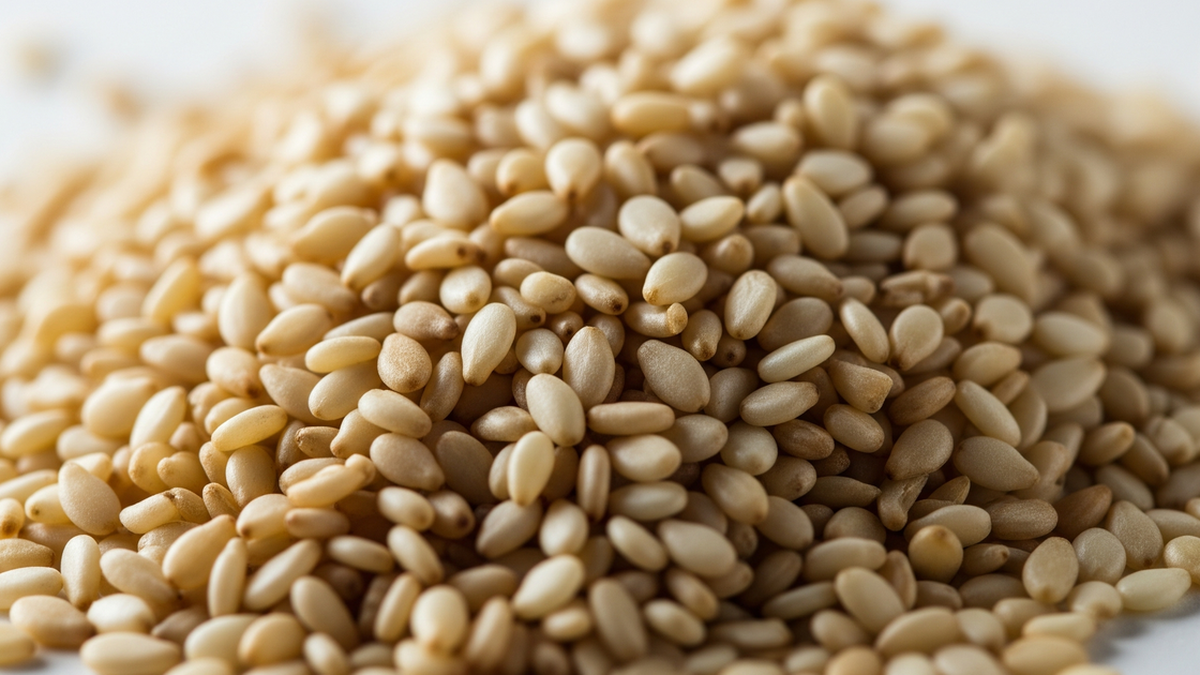There is a growing amount of space junk orbiting Earth, Live Science reports, partly due to the growth of the aerospace industry over the past 20 years.
What is space junk?
According to scientists , space junk is man-made objects originating from satellites, spacecraft, and rockets launched into space by humans every year. The increasing amount of space junk makes Earth's orbit increasingly "crowded".
In terms of size and shape, space debris can range from as small as a piece of plastic to as large as a rocket engine, according to NASA . Regardless of its size, space debris is still considered a significant threat to human space missions, as well as spacecraft operating in Earth orbit.

According to NASA, there are more than 100 trillion pieces of untracked space junk orbiting Earth.
The increasing number of satellites launched into Earth's orbit is causing the amount of space junk to increase exponentially. The reason is that these satellites have a short lifespan and most of them will be abandoned in space after completing their mission.
How much space junk is there?
The US Space Surveillance Network currently tracks more than 23,000 pieces of space junk larger than softballs. Of these, about 3,000 are defunct satellites floating in Earth's orbit.
However, most pieces of space junk are too small to track. Researchers estimate that there are more than 100 trillion untracked pieces of space junk orbiting Earth. According to the European Space Agency, most of this untracked debris may be less than 1 centimeter long.

A simulation of space junk or space debris orbiting Earth by the European Space Agency.
Why is space junk a threat?
Even small pieces of space junk can cause incredible damage because these objects orbit Earth at incredibly high speeds. Their average speed is often greater than 25,200 km/h – 10 times the speed of a bullet.
In the event that two objects traveling in opposite directions on orbit collide in space, the impact from the collision would be enormous.
This means that even objects the size of a pea can become dangerous missiles in orbit. This was demonstrated in 2016, when a small piece of paint from a piece of equipment collided with a glass window of the International Space Station ISS. The collision left a 0.6-centimeter-long dent in the window.
Will space junk crash to Earth?
According to Live Science , space junk regularly crashes into Earth. On average, every year between 200 and 400 pieces of space junk are tracked falling into Earth's atmosphere.
Most of this free-falling space junk is small enough to burn up completely as it enters the atmosphere and never reaches the ground. Larger objects may have some parts left behind but usually end up in the oceans.
Debris from the SpaceX Crew Dragon spacecraft was found by an Australian farmer after it crashed on his farm. (Photo: Sputnik)
However, space junk doesn’t always end up in the ocean. In August 2022, for example, a piece of SpaceX Crew Dragon spacecraft crashed through the atmosphere and landed on a farm in Australia. The piece was 3 meters long and embedded deep into the ground after the collision.
Other incidents involving space debris include February 10, 2009, when a decommissioned Russian spacecraft collided with an operational American commercial spacecraft Iridium. The collision completely destroyed both spacecraft and created more than 2,300 large pieces of space debris.
In March 2021, a Russian rocket fragment collided with and destroyed a functioning Chinese military satellite. In June 2021, a small piece of unidentified space debris hit the robotic arm of the International Space Station (ISS), damaging the device.
Incidents like the above are happening more frequently as more and more space junk is added to orbit every year.
Tra Khanh (Source: Live Science)
Useful
Emotion
Creative
Unique
Wrath
Source




















































![[Maritime News] More than 80% of global container shipping capacity is in the hands of MSC and major shipping alliances](https://vphoto.vietnam.vn/thumb/402x226/vietnam/resource/IMAGE/2025/7/16/6b4d586c984b4cbf8c5680352b9eaeb0)













































Comment (0)